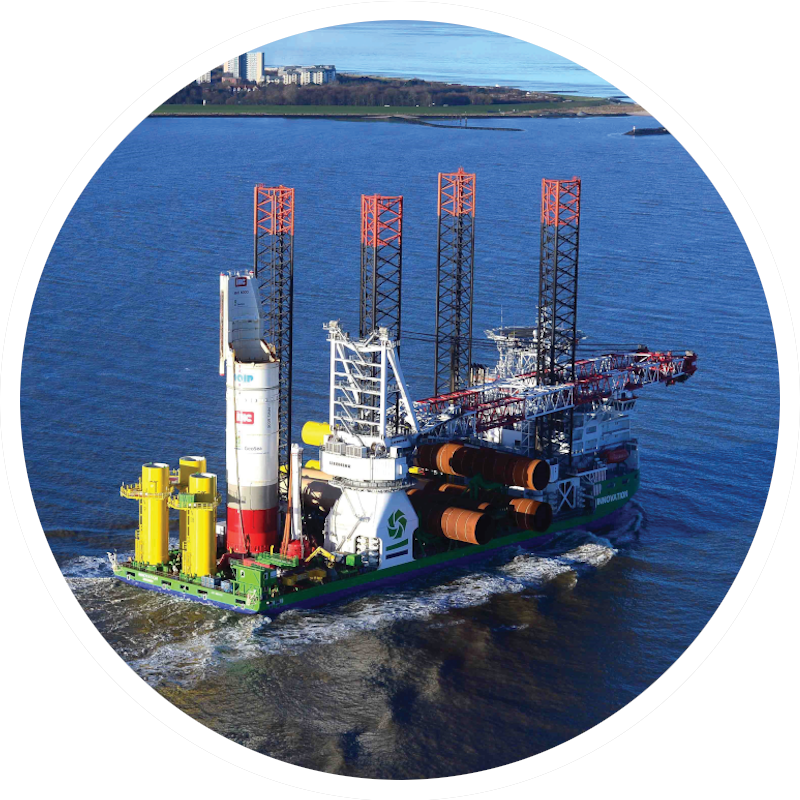Participation of the Offshore Dynamics Group to OMAE 2021
The Offshore Dynamics Group is participating to the 40th International Conference on Ocean, Offshore & Arctic Engineering (OMAE 2021), happening online from June 21 to June 30. As part of the EproBOSS project, two studies on ocean waves will be presented.

One study is entitled “Influence of sea state parameters on the accuracy of wave simulations of different complexity” and will be presented by Helene Lünser, master student in Naval Architecture and Ocean Engineering.
This work investigates, for a wide range of sea states, the required complexity of the boundary value problem describing the ocean surface kinematics and dynamics to provide a reliable representation of the involved physical phenomena. Based on a High-Order Spectral model truncated at various orders of nonlinearity, it is shown that for specific wave steepness, peak enhancement factor of the wave spectrum and simulation time, the boundary value problem can be significantly reduced while providing sufficient accuracy. More generally, this study helps to identify the wave conditions for which the numerical effort is particularly impactful, providing guidance for a better management of the computational cost in ocean engineering applications.
The second study is entitled “Reconstruction of ocean surfaces from randomly distributed measurements using a grid-based method” and will be presented by Nicolas Desmars, postdoctoral researcher.
This work introduces a novel approach for the reconstruction of ocean surfaces, first step towards deterministic predictions of ocean wave fields. This approach, referred to as grid-based method, uses a computational grid that overlaps the spatiotemporal extent of the measurements to invert the free surface boundary conditions coupled to an observation operator mapping the physical quantities from the grid points to the measurements.

This approach allows a high adaptability of the operator formulations to find the optimal accuracy/computational time ratio, while ensuring the physical consistency of the solution, even in case of nonlinear waves. This study demonstrates the capability of the grid-based method to reach a high-accuracy and its consistency with the state-of-the-art methodology.
